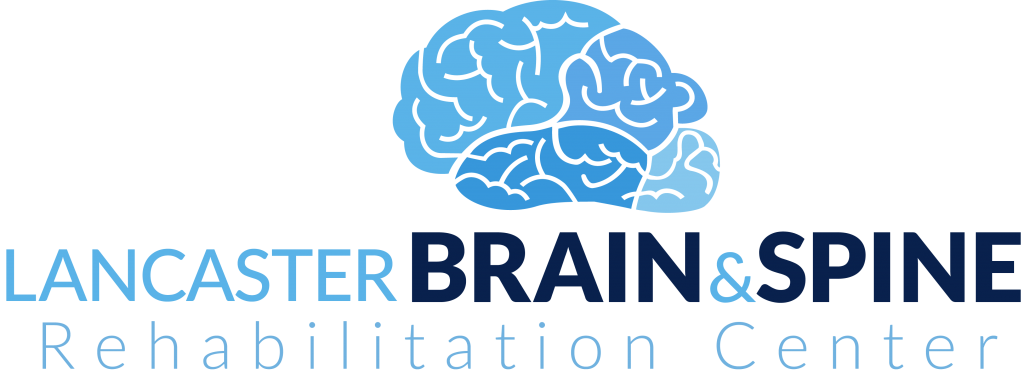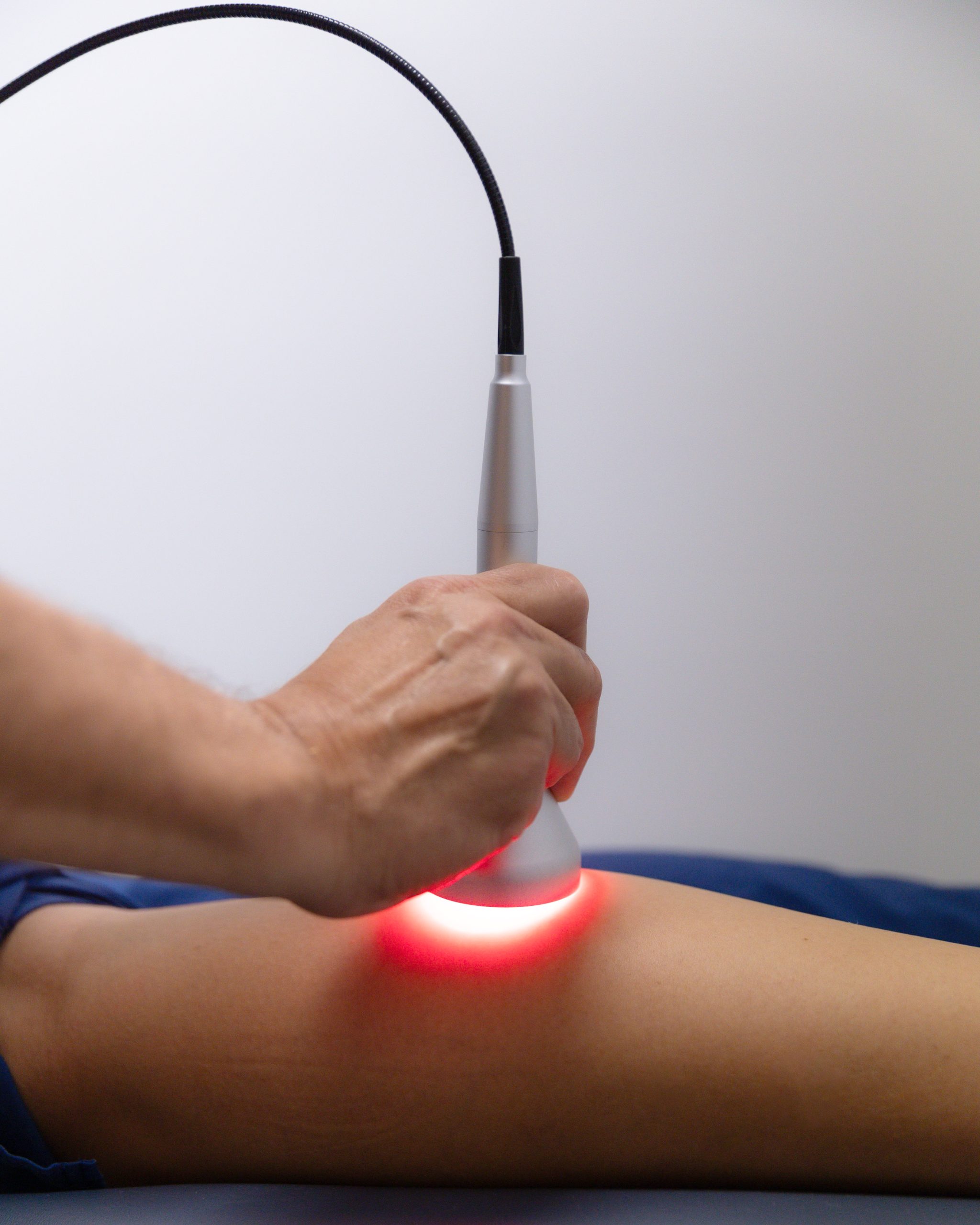Peripheral neuropathy is a condition characterized by damage to the peripheral nerves, which transmit signals between the central nervous system (the brain and spinal cord) and the rest of the body. This damage can lead to symptoms such as numbness, tingling, burning pain, and muscle weakness. As a functional neurologist, my approach to treating peripheral neuropathy is holistic, focusing on both symptom management and addressing the underlying causes. One of the most promising treatments in our arsenal is laser therapy.
Understanding Peripheral Neuropathy
Peripheral neuropathy can result from a variety of causes, including diabetes, autoimmune diseases, infections, trauma, and exposure to toxins. The condition can affect sensory nerves (which control sensation), motor nerves (which control movement), or autonomic nerves (which control functions such as blood pressure and heart rate). The diversity of symptoms and causes makes it crucial to adopt a comprehensive and individualized treatment plan.
The Role of Laser Therapy
Laser therapy, particularly low-level laser therapy (LLLT) or cold laser therapy, has emerged as a powerful treatment for peripheral neuropathy. This non-invasive therapy uses specific wavelengths of light to penetrate the skin and stimulate cellular processes that promote healing. Here’s how laser therapy benefits patients with peripheral neuropathy:
1. Nerve Regeneration: LLLT stimulates the production of nerve growth factors and enhances mitochondrial activity, leading to improved energy production (ATP) in nerve cells. This promotes the repair and regeneration of damaged nerves.
2. Improved Blood Circulation: Laser therapy enhances microcirculation, increasing blood flow to the affected areas. This improved circulation delivers essential nutrients and oxygen to the damaged nerves, accelerating their recovery.
3. Pain Reduction: The anti-inflammatory effects of laser therapy help reduce pain and discomfort. By decreasing the production of pro-inflammatory cytokines and promoting the release of endorphins (natural painkillers), LLLT provides significant pain relief for many patients.
Integrative Approaches
While laser therapy is central to our treatment strategy, it is often most effective when combined with other therapies. This multimodal approach ensures comprehensive care and addresses the various aspects of peripheral neuropathy.
1. Nutritional Support: Proper nutrition is vital for nerve health. Key supplements that support nerve function and repair include:
• Alpha-Lipoic Acid: An antioxidant that reduces oxidative stress and improves nerve function.
• B Vitamins: Particularly B1 (thiamine), B6, and B12, which are essential for nerve health and regeneration.
• Omega-3 Fatty Acids: These have anti-inflammatory properties and support nerve repair.
Be sure to check with your healthcare provider before starting any new supplements.
2. Electrical Stimulation: Techniques such as Pulsed Radiofrequency Neuromodulation can complement laser therapy. Electrical stimulation helps to enhance nerve function and reduce pain by interrupting pain signals to the brain.
3. Lifestyle Modifications: Addressing underlying conditions like diabetes through diet, exercise, and weight management is critical. For example, maintaining optimal blood sugar levels can prevent further nerve damage and enhance the efficacy of other treatments.
Clinical Evidence and Case Studies
Research and clinical experience strongly support the efficacy of laser therapy for peripheral neuropathy. Studies have shown that patients undergoing LLLT experience significant improvements in pain reduction, nerve conduction, and overall function. Many patients report decreased reliance on pain medications and improved quality of life.
In our practice, we have witnessed remarkable transformations across a diverse range of patients with peripheral neuropathy. Individuals with conditions such as diabetic neuropathy and trauma-related nerve damage have all experienced significant improvements. Laser therapy has provided relief from chronic pain, enhanced nerve function, and restored mobility for many, enabling patients to return to their daily activities with increased ease and comfort.
Conclusion
Peripheral neuropathy can be a challenging condition to manage, but innovative treatments like laser therapy offer new hope. In our office, we emphasize a holistic approach that combines laser therapy with nutritional support, electrical stimulation, and lifestyle modifications. This integrative strategy not only alleviates symptoms but also addresses the root causes of neuropathy, promoting long-term nerve health and overall well-being.
Laser therapy has proven to be a highly effective treatment for peripheral neuropathy, offering pain relief, enhanced nerve regeneration, and improved quality of life for many patients. By embracing a comprehensive and individualized treatment plan, we can provide the best possible outcomes and help patients regain function and enjoy a better quality of life.






